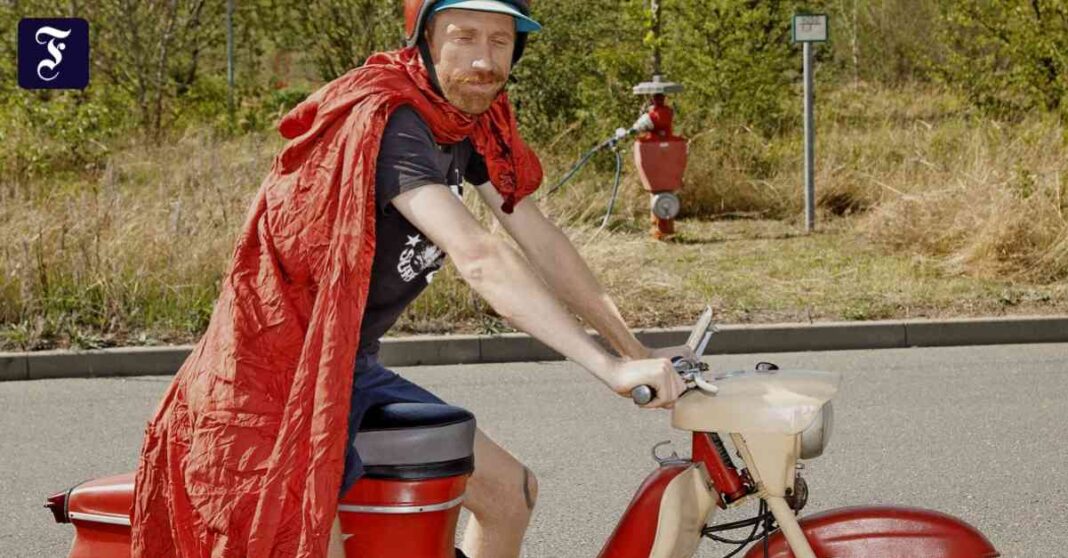Annekathrin Kohout, a historian and media scientist born in Gera in 1989, shares in the preface of the book „Ostflimmern“ that she only started feeling like an East German since 2015. The book, co-edited by photographer Philipp Baumgarten born in Zeitz in 1985, offers a mix of photo art, essays, and literary texts that provide a glimpse into the perspective of the Wendekinder generation.
The term „Ostflimmern“ is described by Baumgarten as a flickering and trembling, a fleeting shimmer or nervous twitch in a threatening atmosphere. Through his photography, Baumgarten captures a sense of indecisiveness in his hometown, questioning whether the scars visible in his images are to be worn as medals or seen as flaws. The contributors to the book, born between 1982 and 1995, grew up amidst industrial ruins and were socially influenced by American pop culture, leading to diverse memories and feelings about their heritage and identity.
While some from this generation may feel that the distinctions between East and West are becoming less significant, others experience feelings of shame for leaving their homeland, along with a resurgence of an East German identity. The portrayal of the „brown East“ during the refugee crisis affected how they perceived the political climate, highlighting the persistence of an East German identity among their generation.
The book references debates and books by authors like Steffen Mau and Dirk Oschmann, with Kohout reflecting on Oschmann’s experience through a children’s book from the GDR titled „The Hedgehog Who Was No Longer Supposed to Be One.“ The book tells the story of a hedgehog trying to fit in with other animals, only to be ridiculed, prompting Kohout to question whether Oschmann, as a privileged professor, felt similarly pressured to conform.
The contributions in the book showcase a variety of responses to Baumgarten’s images, with some embracing a nostalgic perspective while others remain more detached. Some responses take the form of poetry, offering a deeper emotional connection to the themes explored in the book. The reflections on post-Wende situations, Vietnamese immigrants in the former East Germany, and the evolving identity politics in the region add layers of complexity to the narratives shared in „Ostflimmern.“
The book delves into the explosion of consumerism since the Wende, including the rise of shopping centers and the transformation of cityscapes in the 1990s. While interpretations of the images may vary, Baumgarten’s acknowledgment of the aesthetic qualities and humor in the urban development of that era adds depth to the visual storytelling. Despite hints of ostalgia, the overall tone of the book remains nuanced, reflecting a generation that embraces ambiguity and complexity in their exploration of identity and heritage.
„Ostflimmern“ offers a multi-faceted look at the experiences and perspectives of the Wendekinder generation, highlighting the evolving attitudes towards East German identity and the legacies of the Wende period. The book serves as a platform for reflection, introspection, and dialogue, inviting readers to engage with the complexities of personal and collective memory in a changing cultural landscape.















